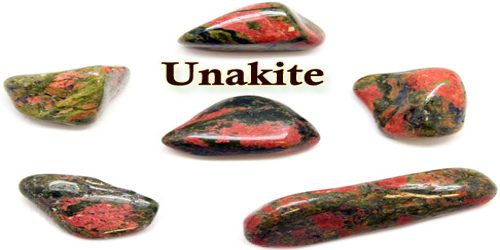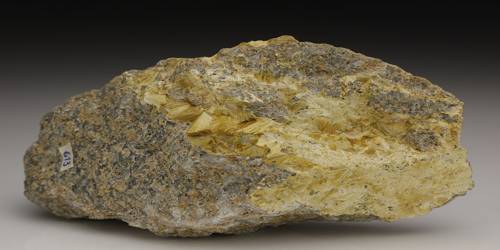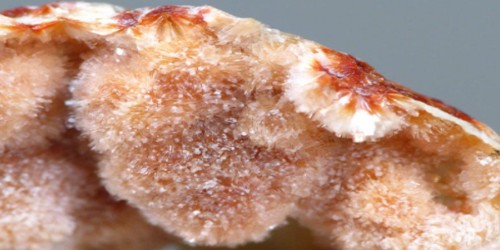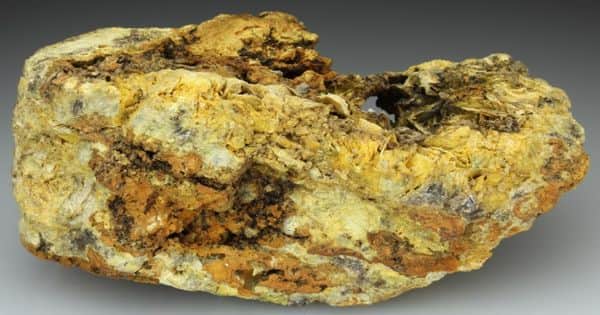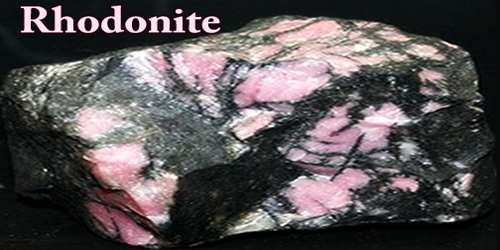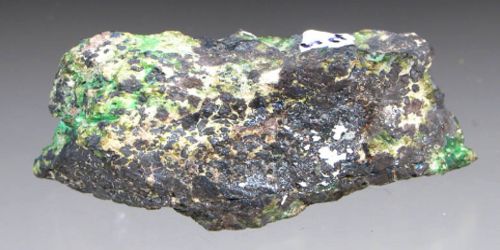Definition & History –
“Unakite” is the name used for a coarse-grained granitic rock that was composed of pink orthoclase feldspar, green epidote, and generally colorless quartz. It is easily cut and polished to produce beads, cabochons, small sculptures, and other ornamental items. It is also a popular material for producing tumbled stones in a rock tumbler. Unakite is attractive, abundant, inexpensive, and frequently seen in the craft jewelry marketplace.
Unakite is a true rock: a composite material made up of multiple other stones. This gives unakite its familiar moss-on-brick appearance and makes it a popular lapidary material. The patterns, durability, and affordability of unakite have also made it a useful stone for architecture its most prominent use is trimming on the front steps of the Smithsonian Museum of Natural History in Washington, D.C.!
Unakite was first discovered in the United States, in the Unakas mountains of western North Carolina/eastern Tennessee (hence its name). However, it can also be found on the beaches of Lake Superior, where it was originally dragged by glaciers, as well as washed down from the mountains into rivers in Virginia.
Named after Unaka mountains of North Carolina where it was first discovered, the Unakite crystal meaning is considered a sacred stone because it deepens meditation by increasing our sense of being in the now. It’s a simple concept yet so deep, which is the magic of Unakite. Think of it this way. Depression is simply loitering too long into the energy of past mistakes or hurt. When the Unakite helps release people from the past, it stops these painful memories from raining on their parade. Because when the powerful and spirited Unakite vibes are part of your spiritual life, people will awaken the wise voice that keeps them anchored to the present moment.
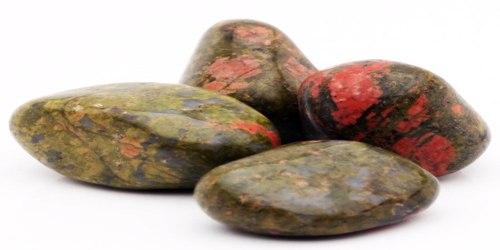
Occurrence and Properties of Unakite –
Unakite is a metamorphic rock that forms when granite is altered by hydrothermal activity. During metamorphism, plagioclase in the granite is replaced by epidote to produce a rock composed primarily of green epidote, pink orthoclase, and clear to bluish-gray quartz. Unakite can also contain minor amounts of magnetite, chromite, ilmenite, apatite, zircon, and other minerals. It is found in the deformed rocks of convergent plate boundaries where deeply-formed granites have been metamorphosed and exposed by weathering and erosion. It occurs where nearby fractures have delivered the hydrothermal fluids that altered the granite.
In some of the Blue Ridge occurrences, an epidotized augen gneiss is present exhibiting foliation structures. The dominant green epidote in unakite rocks is the metasomatic alteration product of plagioclase feldspar, while the orthoclase and quartz crystals remain unaffected.
Unakite is said to be a stone of vision, opening the third eye and useful for scrying. It is also believed to be a stone of balance, grounding the self while bringing emotions and spirituality together. Among crystal healing practitioners, unakite is used to support convalescence from illness. It is also believed to affect the reproductive system, healthy pregnancy and the growth of skin and hair.
Unakite is associated with two chakras: to the third eye chakra for its use in vision and scrying and to the heart chakra for its ability to balance emotions. It is not a current birthstone, but it has been historically assigned to March. It is also thought to offer patience and balance to Capricorn and Scorpio.
Unakite is not limited to the United States, and has also been reported in South Africa, Sierra Leone, Brazil, and China. Some material labeled unakite lacks the feldspar and is more properly called epidosite, and is also used as beads and cabochons.
Uses and Benefits of Unakite –
A good quality unakite is considered a semiprecious stone; it will take a good polish and is often used in jewelry as beads or cabochons and other lapidary work such as eggs, spheres and animal carvings. It is also referred to as epidotized or epidote granite.
Unakite is not seen in fine jewelry, seldom seen in commercial jewelry, but is a common stone used in craft jewelry. Unweathered, fine-grained unakite with mineral crystals less than a few millimeters in size is relatively easy to work. It is suitable for cutting by a person who has a small amount of lapidary experience. The hardnesses of the primary minerals (epidote = 6 to 7; and, orthoclase = 6) are close enough that severe undercutting or overcutting usually does not occur. It is only when the grain size is larger, or the piece being cut is very small, that differences in hardness will make cutting difficult.
Unakite is not a porous stone, but it can be sensitive to chemical cleaners due to its composite makeup. Avoid using ultrasonic and steam cleaning, as unakite can cleave under impact and heat can change this stone’s colors. A soft cloth or brush with mild soap and warm water are ideal. Rinse off all cleaners, then pat dry with a soft cotton cloth.
When People meditate with the Unakite crystal, it infuses their energy field with powerful but gentle vibes that help them let go of the past so people can move forward with epic force instead of getting lost on a forgotten highway of old memories. When painful memories put rain clouds in their emotional forecast, call on the Unakite healing properties to keep sunny days and clear nights on the horizon.
Be their own psychic when people place the Unakite on their third eye chakra, a powerful way to gain insight from their past to guide their future. Let it be the crystal ball people have been looking for, especially if they have got questions for the big ‘ol universe. Like the old proverb says, a river cuts through a rock not because of its power but its persistence. If people have taken a fall recently it’s time to dust them off and get back into the saddle because with death on their heels and life roaring in their face, life is too short to settle for anything less than pure happiness.
In jewelry projects, unakite works best in pieces that will not be subjected to abrasion or impact. The hardness of orthoclase and epidote are low enough that they will show signs of wear when used in a bracelet or ring. These minerals also have perfect cleavage and could break with a moderate impact.
Information Sources:
